Digital sounds dirt cheap
I’m often amazed by the money some Hi-Fi buffs spend on their systems. I’m something of a tightwad, and I took a rather different approach. This involves mixed tech – or as I prefer to call it, “appropriate technology“.
I run one of these. It used to be an Acer Windows box, but all that remains is the case. Today it’s GNU/Linux Media Server, c/w i7 CPU, small SSD system disk, 22TB media storage, 20GiB RAM, 12 volt power-take-off for easily-connected backup. It runs the latest gorgeous-looking KDE Neon OS with fully implemented multimedia stack. Also has a full LAMP stack. The Apache the web server component enables music, video and images to be accessed via any browser, anywhere in the building on almost any authorised device. Even runs fully operational KPlaylist and Piwigo instances.
Keeping Cool
It’s cooling fans only come on when absolutely necessary, and latest KDEconnect enables easy comms with other KDE devices. It also has a moderately good sound card with separate line-out. So the output impedance of the sound card roughly matches the input impedance on the amplifier. Oh, and the ghastly wallpaper in the photo has now been expunged! 🙂
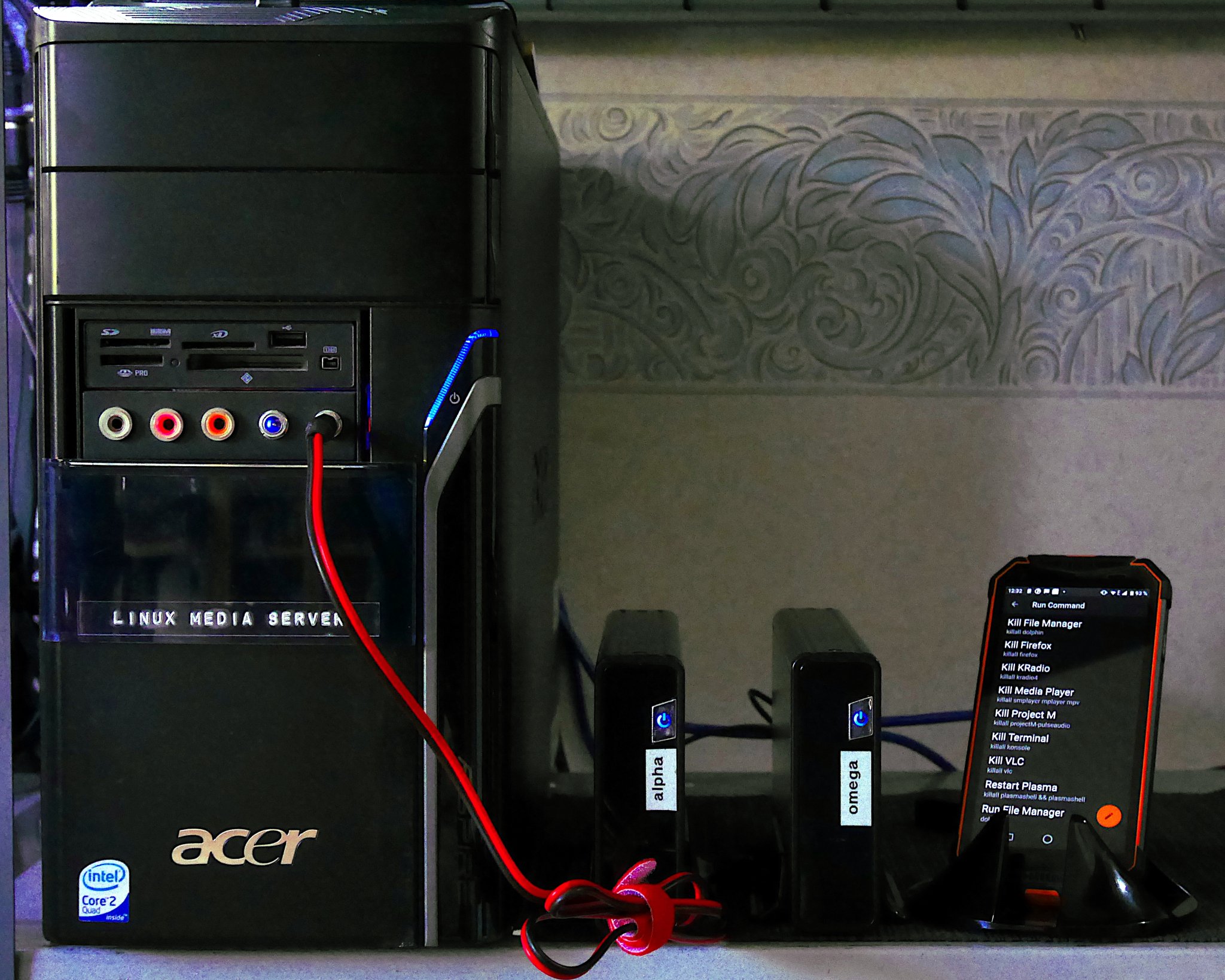
The above regularly-updated Linux Media Server feeds via a short screened lead into the auxiliary input of one of these. It’s a Tandberg Huldra 10, manufactured 1974 just outside Oslo, in Norway. IMHO it’s probably Vebjørn Tandberg’s finest ever design – albeit massively over-engineered. At the time, it retailed for about £350. A new basic Ford Cortina 1600 Mark 3 was about £1200. Yet Tandberg still made these at a loss.
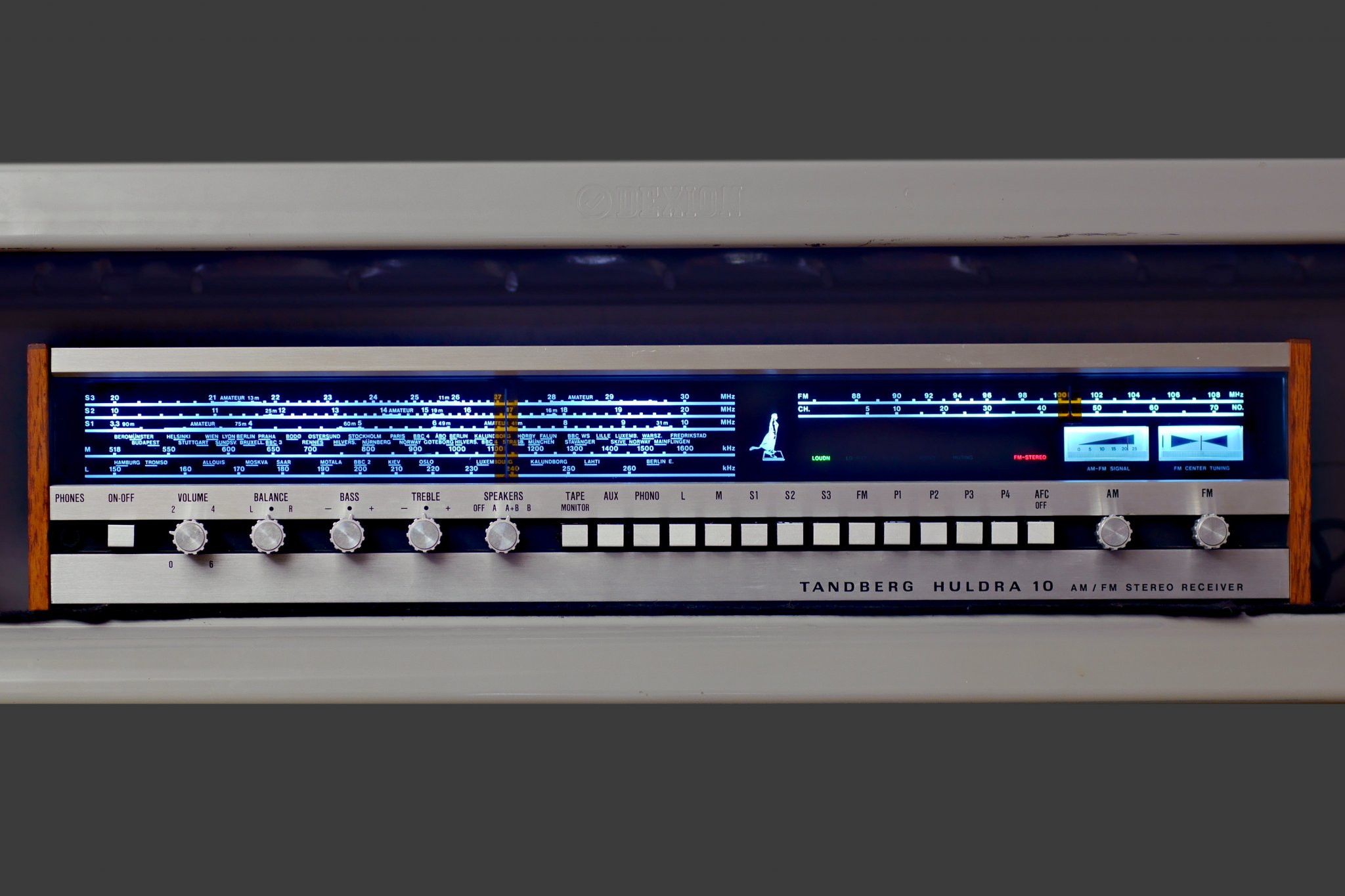
The output from the Tandberg Huldra feeds into a pair of British-made Cambridge R50 ‘transmission line’ speakers, manufactured circa 1975. These things stand around 1100mm tall, weigh around 50kg and have all KEF speaker units, including massive 330mm x 230mm bass drivers. The speakers are so good that just two channels are perfectly adequate and there is no need for a “soundbar” or any of that malarkey.
In control
In addition to the SSH (command-line-based ‘Secure Shell’) that most Unix-like systems can use, all our KDE-based Linux systems can communicate with each other via KDEConnect. This is a reliable and intuitive GUI-based inter-machine communication tool. Consequently, despite the age of my Hi-Fi kit,I can use KDEConnect for Android on a (rooted) Android smartphone as a very effective remote control of the Media Server.
As an aside, the smartphone also controls the lighting, sets colour temperature etc. plus shedloads of other stuff I won’t go into here.
As another aside, apparently KDEConnect is now available for MS Windows. Though I never had need or the inclination to try it on that platform. Nevertheless this means, you don’t have to use Linux. Though it’s obviously much cheaper and probably more reliable if you do. 🙂
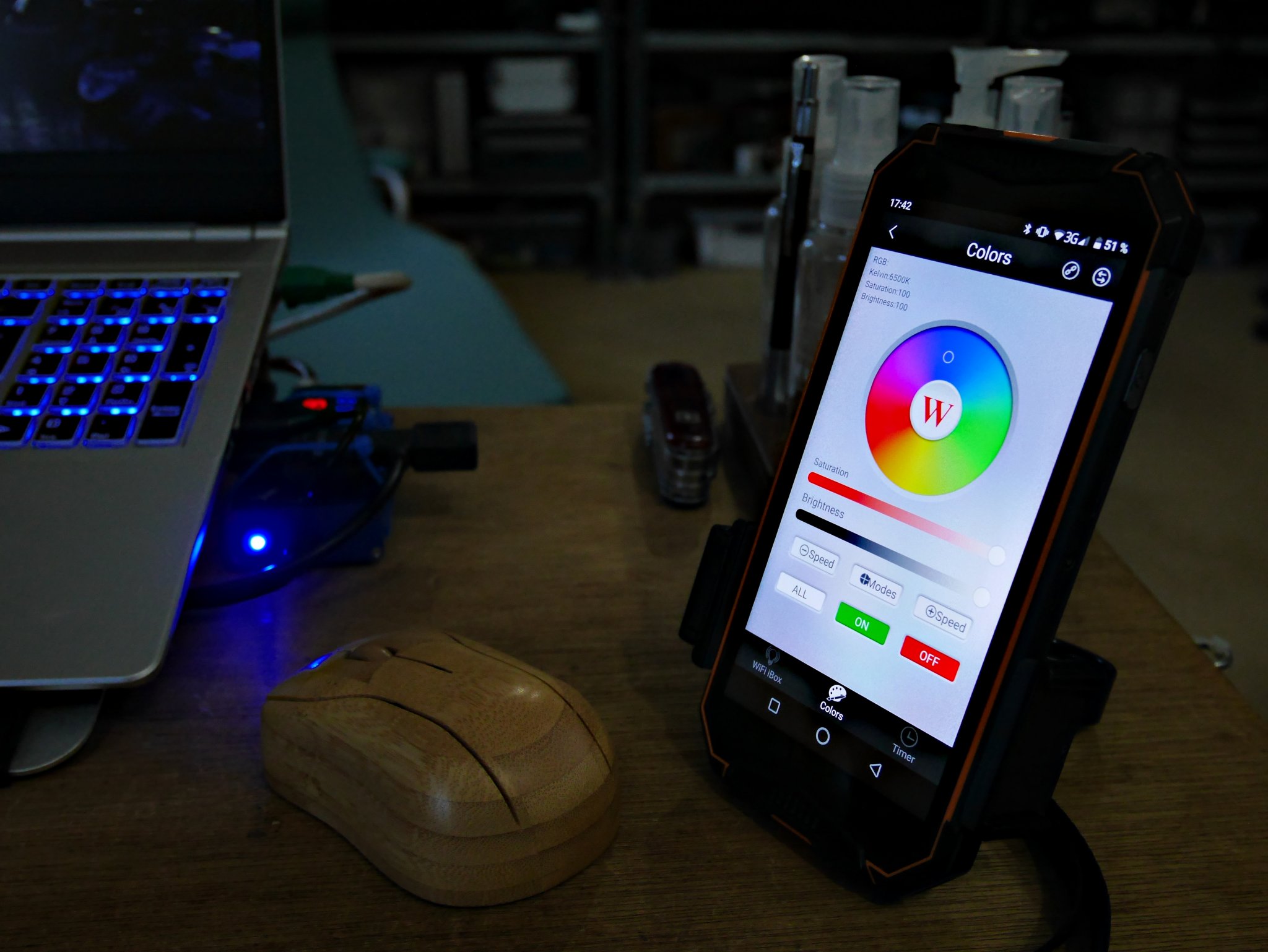
My space
I would also suggest that you may consider the room in which you do your listening, and if any improvements can be made there? Many Hi-Fi buffs seem to forget about the system’s immediate environment. Yet it is probably one of the most crucial factors in any speaker-based sound system.
FWIW, my room is rectangular 6.4 metres x 3.8 metres x 2.4 metres approximately, on the ground floor. It has solid concrete floor covered with heavy industrial carpet tiles. External windows are all factory-sealed double-glazed, c/w heavy theatrical type velvet curtains. So the acoustics are very pleasant indeed. Generally there are virtually no obstructions on the floor. This room is my studio, so I wanted as little clutter as possible lying about.
To conclude, mixed tech is actually remarkably easy to connect together. On the digital side, all the software is free, open source with no hidden nasties. It doesn’t require a super computer, or than much technical knowledge. On the analogue side, old kit such as the Tandberg have plenty of inputs. And few things sound as good as big old British-made speakers. And whilst the prices of vintage Hi-Fi is increasing, there are still a lot of bargains to be had, if you shop around.
The Tandberg Huldra 10 was part of a series of European super radios designed by one of my heroes, Vebjørn Tandberg. For more info regarding all things Tandberg, I’d recommend a visit to this rather interesting blog:-

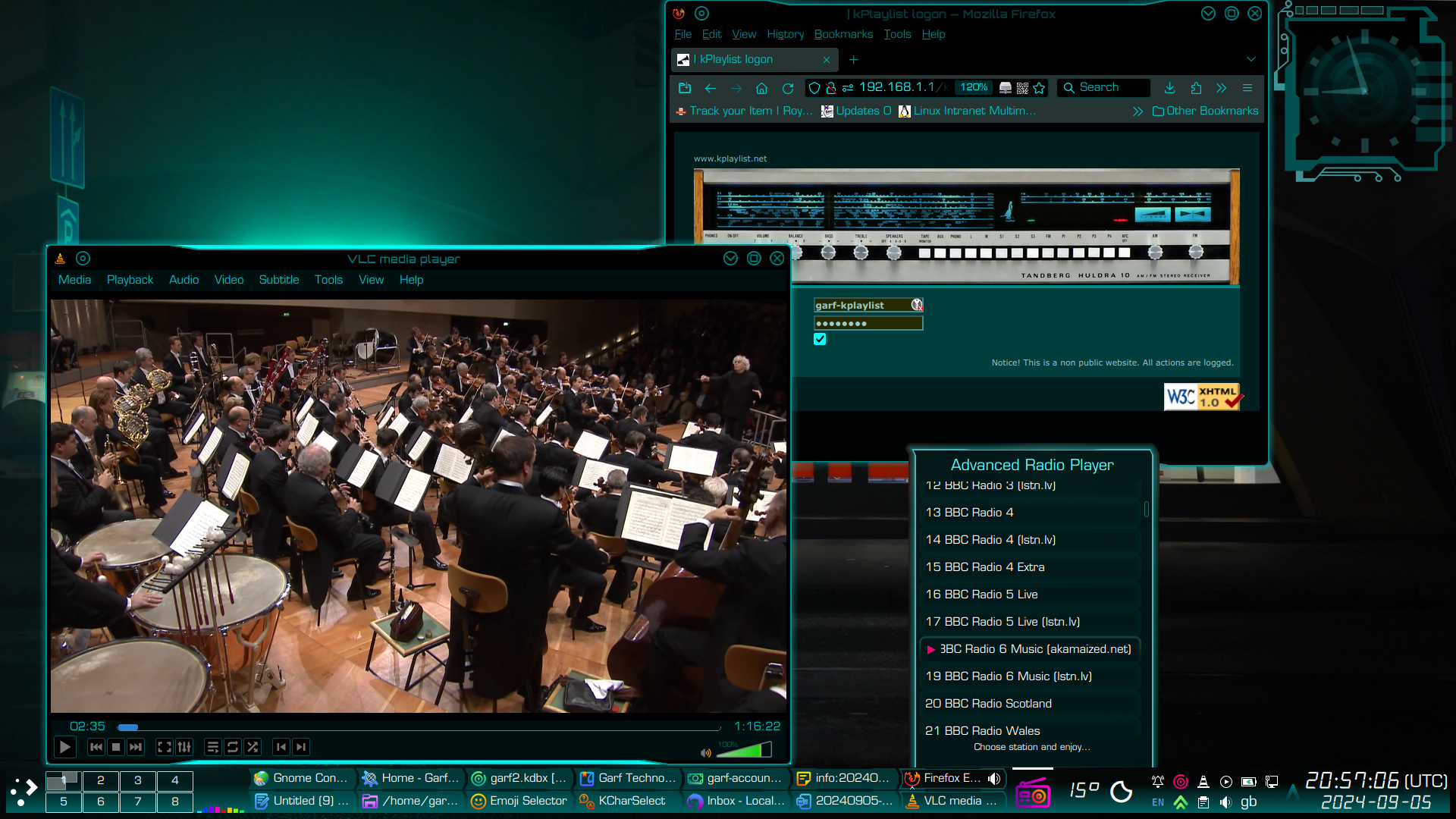

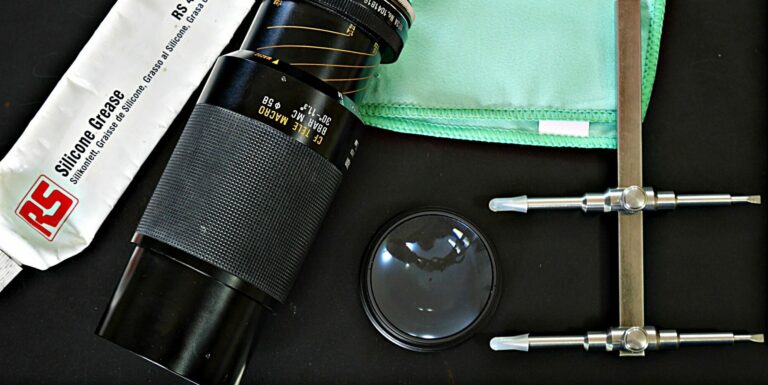


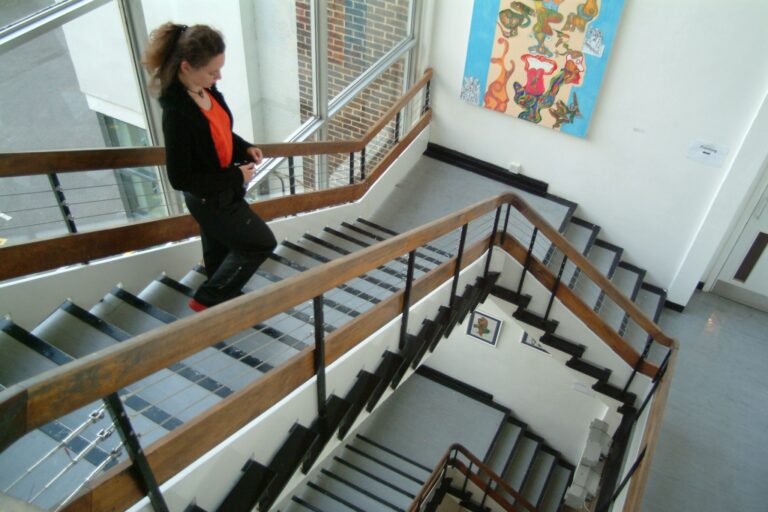
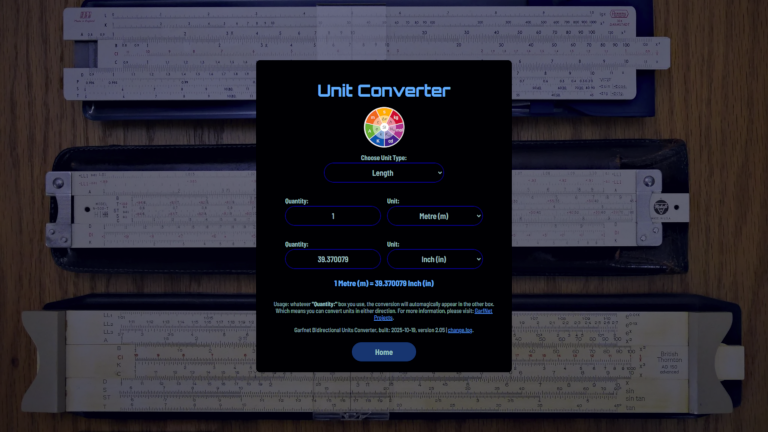
Very interesting article! Both the “DIY streaming service” and that you use the fantastic Tandberg Huldra 10 receiver.
Thank you Jens. I always loved the Huldras, particularly the 10. My dad used to sell them when he ran a chain of Hi-Fi shops in Southern England, back in the 1970’s. Moreover Vebjørn Tandberg is one of my heroes. Such a clever and kindly man. And such a tragic way to end his life.
I just visited your site. Very interesting indeed. It’s a wonderful resource for enthusiasts. So, if you don’t mind, I’ll place a link to it from the end of my article, if you are OK with that?
Hi Garf, nice to see another “Tandbergista” in the UK.
I am thinking of building a media server like you did. I am also running Linux. Have switched from Windows to Linux Zorin on all my computers, we have also done that in my company. A huge, huge improvement!
Yes, you’re welcome to put a link in the end of the article.
I was thinking of linking to your article myself on the blog, if you’re ok with that.
Thank you Jens, just done it! And yes, please link to us.
FWIW, the Huldra makes an excellent amp for a Linux Media server. Simply run the “Line” or “Headphone” output into either the “Tape” or the “Aux” input on the Huldra. You can also run the “Tape Out” from the Huldra into the “Line In” on the media server, if there is one. Then you can use Audacity or similar to record off AM/FM Radio or from a cassette deck or record player – providing you know how to wire a 5-pin DIN plug of course! It’s quite a neat analog to digital converter setup, if you think about it… 🙂
Meantime keep up the good work and do keep in touch. 🙂